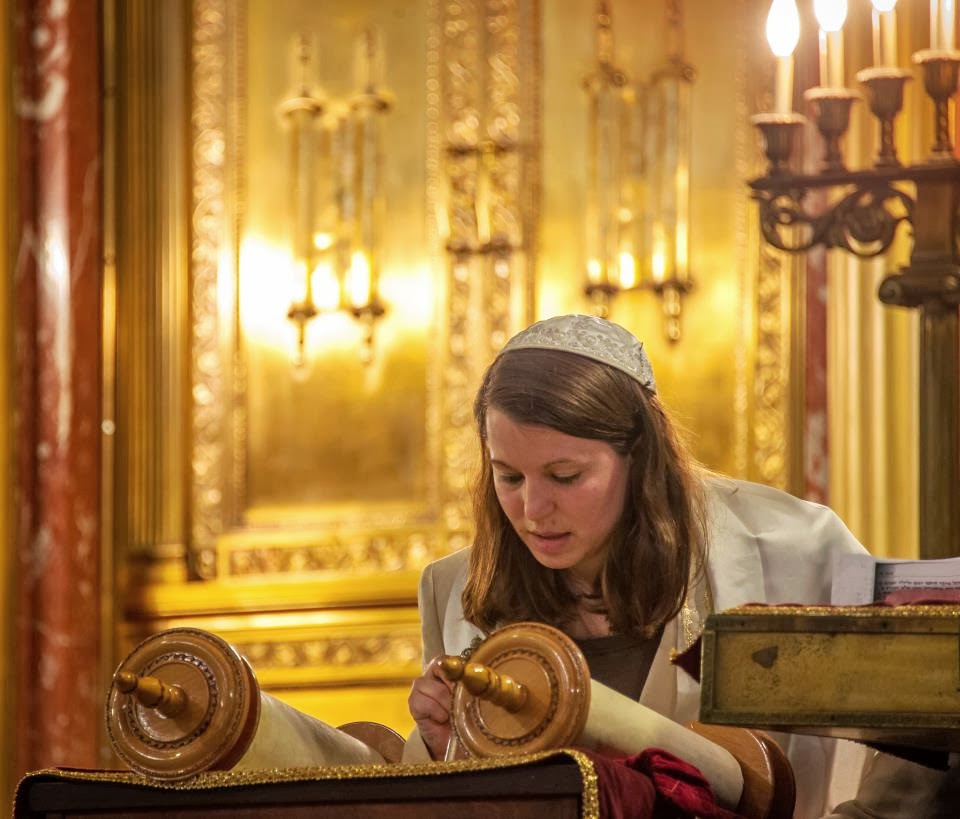Shabbat Shalom! This week’s Torah portion is Parashat Ha’azinu. It is Moses’s Swan Song, his final address to the people of Israel and also likely literally a song. It is written in a certain rhythm and physically written in the Torah in such a way as to suggest to us that it was a song, though of course we have long since lost Moses’s tune. Our Haftarah comes from II Samuel chapter 22, in which David’s last communion with God is also a song, and there the Tanakh does tell us explicitly so that it was a song. David’s final words to the People of Israel were not a song, but they are
introduced as being the saying of “the sweet singer of Israel.”
Music is important in Judaism. We chant our prayers, our Torah. We have 6 sets of cantillations for chanting the different books of the Tanakh or at different holidays, and each culture within Judaism has a different sound for their particular 6 sets of cantillations. We sing Nigun to get into the spirit of
prayer, or sometimes to set intention before Jewish learning. We have tunes we call “Mi Sinai,” meaning they feel so old and ubiquitous we treat them as if they were the tunes Moses himself brought down from on High and the Jewish people have been singing ever since. We have tunes written within this decade we like so much much we played them three times on Yom Kippur. Tradition holds that music has always been an important part of prayer, since the writing of the Psalms, and was used in Temple worship. The Talmud, Masechet Sukkot 51a, even says that singing is the primary form of worshipful music, though instruments were used to support the vocals in Temple worship.
And the singing doesn’t have to be great, either. The Shulchan Aruch says a spiritual leader should not be chosen for their singing voice alone, even if the community wishes to be led in beautiful songful prayer. I know I once read a Talmud quote that was something to the effect of, “When the tone deaf raise their voices in in prayer, a miracle happens,” though when I searched for the citation and exact wording I could not find it.
The point is, music uplifts the soul, and singing has been used from time immemorial to communicate religious expression. The songs shift and change, and they’ve been doing that for millenia too, but the meaning remains the same. This is why it is important to try to get beyond the tunes that remind you of your childhood or the tunes you think are the most traditional and experience the wide range of Jewish music that exists with an open heart. Something may be
new to you, but actually older than the the tune you are familiar with. Or it may be new, and there was a reason someone felt the need to write a new tune for a prayer or concept we’ve been singing another way for a decade. It is important to take the opportunities to learn other Jewish tunes, and share the ones you know and love as well, for the sake of enriching our prayer experiences as a
community. As Moses enriched his last treatise to the Israelites by singing it, as David enriched his communication with and about God by singing it, as the Levites enriched the Temple service by singing while the Kohanim presented sacrifices, and as Jewish musicians have continued this tradition for the last 2000 years since the Temple worship ceased, we continue this by trying
different music and ways to express our prayer. So please join me at the next pre-Shabbat sing-a-long on October 19th at 6:30 PM as we practice some tunes less commonly used at Ner Shalom that will be used when we host the Women of Reform Judaism on November 2nd. Join other future sing-a-longs and nigunim practices here at Ner Shalom and elsewhere. Search Jewish music on YouTube.
Check out the artists featured on the Transcontinental Music website.
May your life be full of song, your song full of prayer, and your prayer give you peace. Amen and Shabbat Shalom.

No comments:
Post a Comment